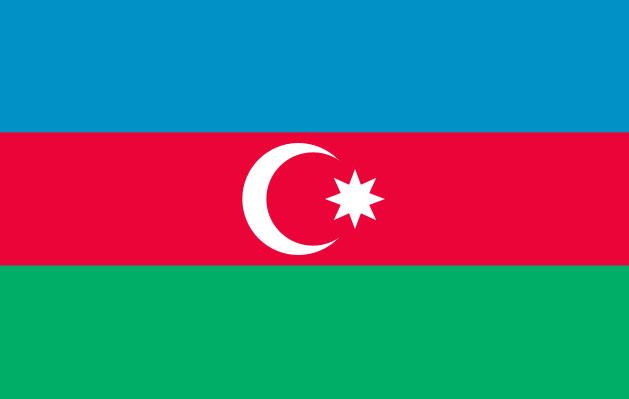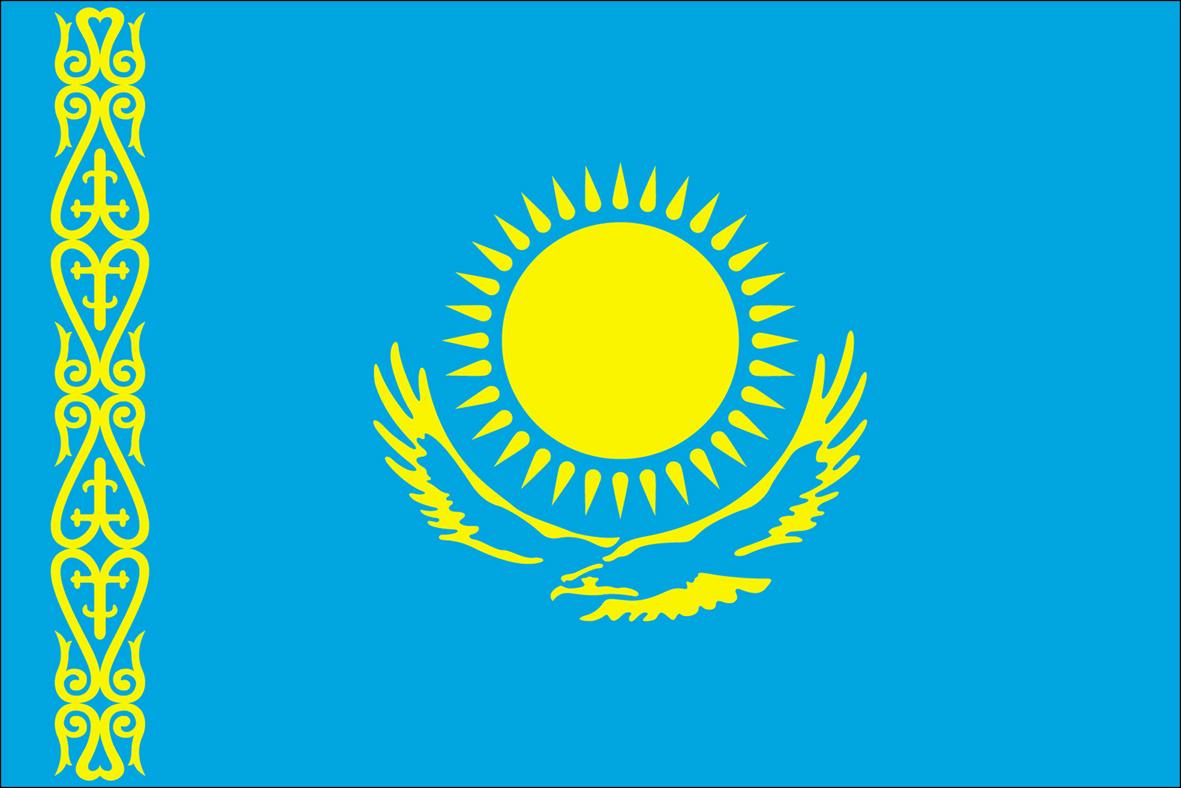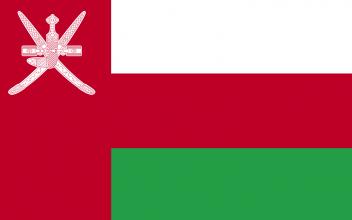Central Asia in World History
A vast region stretching roughly from the Volga River to Manchuria and the northern Chinese borderlands, Central Asia has been called the "pivot of history," a land where nomadic invaders and Silk Road traders changed the destinies of the states that ringed its borders, including pre-modern Europe, the Middle East, and China. In Central Asia in World History, Peter B.
Old World Encounters: Cross-Cultural Contacts and Exchanges in Pre-Modern Times
This innovative book examines cross-cultural encounters before 1492, focusing in particular on the major cross-cultural influences that transformed Asia and Europe during this period: the ancient silk roads that linked China with the Roman Empire, the spread of the world religions, and the Mongol Empire of the thirteenth century. The author's goal throughout the work is to examine the conditions - political, social, economic, and cultural - that enabled cultures, languages and ideas to interact and adapt to each other.
The development of the water ways of the Silk Roads across the Caspian Sea depended on the flood cycle of Amu Darya River. There are some hypotheses in Uzbek and Russian researchers’ studies. Historical literature pays little attention to the study of water ways along the Silk Roads. Some significant researches believe on existence of a water way between Central Asia and European continent. The water way changes were studying in relation of geographical and natural context.
Destiny can play strange games with archaeological discoveries. One can spend half his life studying a scientific problem or looking for traces of vanished civilizations, but all the efforts prove futile: the long and arduous labours remain unrewarded, whereas somebody else makes an unexpected discovery without ever thinking of it — while addressing entirely different tasks. This was the case with P. K. Kozlov, who made an outstanding contribution to archaeology without being a qualified archaeologist.
The enormously rich collection of the Russian Museum of Ethnography includes unique arrays of monuments of material culture and photographs of subjects related to the ethnography of the population of Eastern Turkestan. The history of the collections is inextricably linked with the Museum, whereas the illustrious names of those who amassed them — A. V. Adrianov, M. M. Berezovsky, S. M. Dudin, D. A. Klementz and S. F. Oldenburg — belong to the glorious page in the history of Russian science and museum work.
The first researcher of the Manichaean texts kept in the Asiatic Museum was it director (from 1890 to 1916) Academician Carl Germanovich Salemann (1849–1916). From the beginning of the 20th century up to his demise, he studied the Manichaean texts from Eastern Turkestan in the Middle Iranian languages: Middle Persian, Parthian and Sogdian. The collection of the Asiatic Museum (IOM RAS) included a considerable number of fragments of Manichaean texts in those languages, as well as in Chinese and Uighur...
In the early centuries A.D., miniature Buddhist sculpture from Gandhara became wide spread on the territory of Eastern Turkestan and Middle Asia. This is supported by the finds of archaeological expeditions, as well as by numerous research publications. Samples of Gandharan miniature sculpture carved of stone and ivory were found in Khotan by the 1900–01 expedition of Aurel Stein. One of the first research publications on the subject was S. F Oldenburg’s article dedicated to Gandharan art relics found in Khotan. The majority of works described by S.
Mikhail Mikhailovich Berezovsky (1848–1912) graduated as zoologist from the Biology Faculty of St. Petersburg University. From 1876 on he repeatedly took part in G. N. Potanin’s expeditions to Mongolia, Northwestern China, Eastern Turkestan and Northeastern Tibet. In all, Berezovsky participated in fourteen expeditions, initially as zoologist and botanist and in 1902–08 as head of expeditions to China and Central Asia, geographer and ethnographer.
In 1896 the Russian Geographic Society handed over to the Asiatic Museum (IOM RAS) a sack of shreds of ancient manuscripts collected in Turfan oasis by the 1893–95 expedition of V. I. Roborovsky and P. K. Kozlov. The manuscript fragments from a Buddhist cave monastery near Toyuq-Mazar and from the ruins of Idiqutshari were initially sorted out by A. O. Ivanovsky and S. F. Oldenburg; afterwards, in December 1897, they were examined by V. V. Radloff, who picked out four Old Uighur fragments from the collection.




